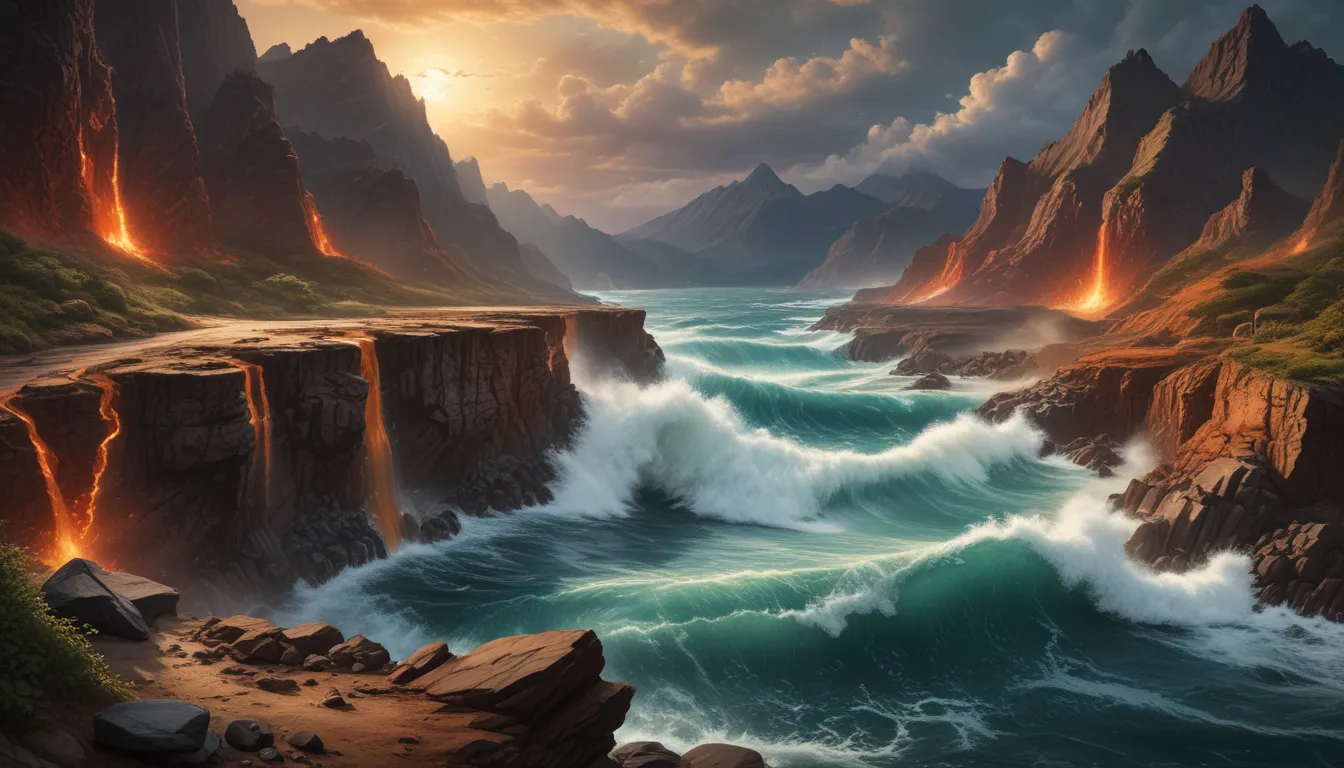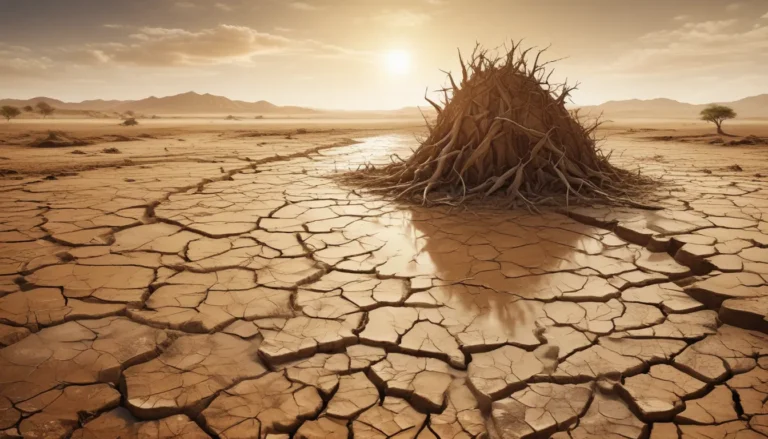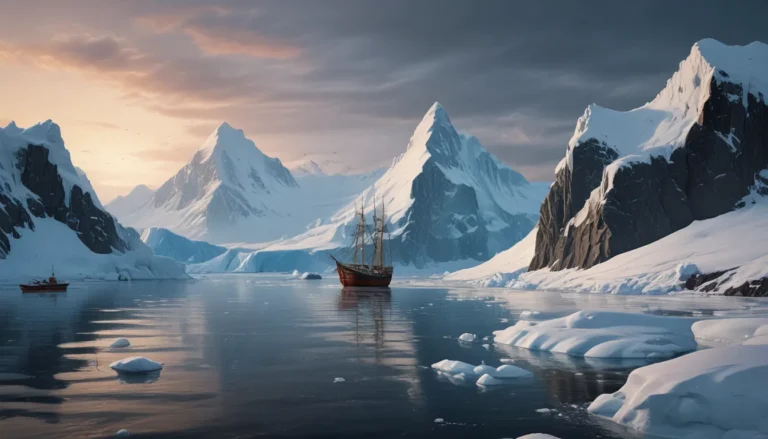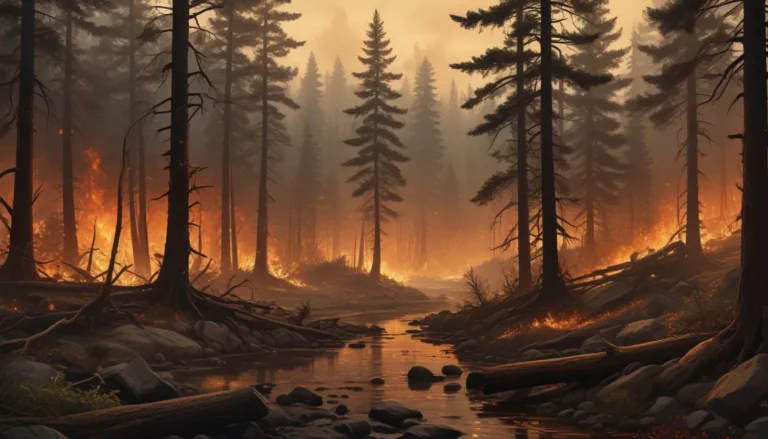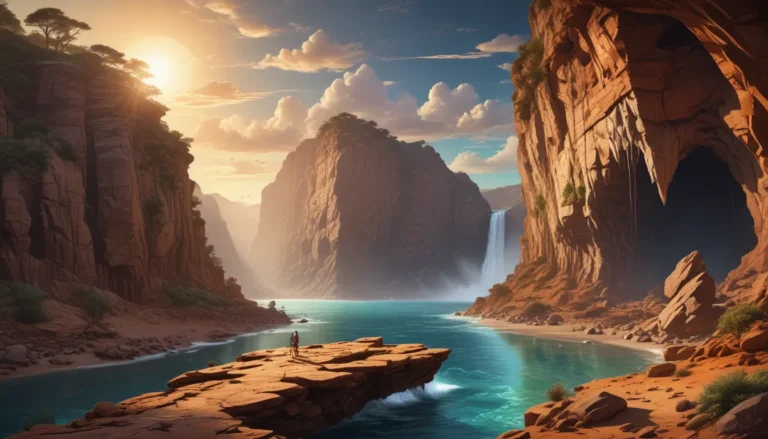A Note About Images: The images used in our articles are for illustration purposes only and may not exactly match the content. They are meant to engage readers, but the text should be relied upon for accurate information.
Welcome to the fascinating world of subduction zones, where the Earth’s dynamic processes shape our planet’s landscape and provide valuable insights into its geological history. In this comprehensive guide, we will delve into the astonishing facts surrounding subduction zones, from powerful earthquakes to explosive volcanoes, and explore their significant impact on Earth’s geology.
Unveiling the Power of Subduction Zones
Subduction zones are regions where tectonic plates interact in a complex dance, with one plate sliding beneath another. This process is responsible for some of the most powerful earthquakes and volcanic eruptions on Earth. Let’s explore some key takeaways about subduction zones and their role in shaping our planet.
- Subduction zones create the most powerful earthquakes and explosive volcanoes, influencing Earth’s landscape and providing valuable insights into its dynamic nature.
- These zones play a crucial role in recycling the Earth’s crust, influencing climate, and forming unique geological formations like island arcs and deep ocean trenches.
The Impact of Subduction Zones
Megathrust Earthquakes
Subduction zones give rise to massive earthquakes known as megathrust earthquakes. These events occur when a subducting plate becomes stuck and then suddenly slips beneath the overriding plate, releasing tremendous energy. Examples of devastating megathrust earthquakes include the 2004 Indian Ocean earthquake and the 2011 Tohoku earthquake in Japan.
Explosive Volcanoes
As the subducting plate sinks into the Earth’s mantle, it melts, generating magma that rises to the surface and leads to explosive volcanic eruptions. The Ring of Fire, a major subduction zone encircling the Pacific Ocean, is renowned for its spectacular volcanic activity.
Formation of Deep Ocean Trenches
The process of subduction creates deep underwater trenches as the subducting plate bends and descends beneath the overriding plate. The Mariana Trench in the western Pacific Ocean, the deepest known trench, is a result of the subduction of the Pacific Plate beneath the Philippine Sea Plate.
The Role of Subduction in Earth’s Evolution
Earth’s Crust Recycling
Subduction plays a vital role in recycling the Earth’s crust. As the subducting plate sinks into the mantle, it carries sedimentary rocks and oceanic crust, replenishing Earth’s surface with new material while merging older crustal layers.
Influence on Climate
Volcanic activity from subduction zones releases gases like carbon dioxide and water vapor into the atmosphere, impacting temperature patterns and climate over extended periods.
Geological Formations
Subduction zones generate unique geological formations like mountain ranges and island arcs through processes like folding, faulting, and volcanic activity.
Exploring the Pacific Ring of Fire
The Pacific Ring of Fire is a prime example of subduction zones in action. Extending from the western coast of the Americas to New Zealand and Japan, this region hosts several tectonic plates converging to create numerous subduction zones, accounting for a significant portion of the world’s earthquakes and volcanoes.
The Mysteries of Subduction Zones Unveiled
The Juan de Fuca Plate Subduction
Off the western coast of the United States and Canada, the Juan de Fuca Plate is currently being subducted beneath the North American Plate, posing earthquake and tsunami risks to the region.
Dynamic Nature of Subduction Zones
Subduction zones are not static; their movement can change over geological time scales, leading to continent rearrangements, ocean basin closures, and the formation of new subduction zones.
Insights into Earth’s Composition
Studying subduction zones provides vital insights into Earth’s interior composition, mineral formation, and plate tectonics dynamics, offering a glimpse into the planet’s geological past and future.
Crust Creation and Destruction
The continual cycle of crust creation and destruction driven by subduction plays a crucial role in shaping the Earth’s surface and geological features.
Embracing the Wonders of Earth’s Geology
In conclusion, subduction zones are captivating geological phenomena that shape the Earth’s surface and provide valuable insights into its dynamic nature. By studying these zones, we gain a deeper understanding of plate tectonics, seismic activity, and climate influences, unraveling the mysteries of our planet’s geological history.
FAQs: Unraveling More About Subduction Zones
- What is a subduction zone?
-
A region where one tectonic plate is forced beneath another, typically forming a trench.
-
Why are subduction zones important?
-
They help us understand plate tectonics, predict earthquakes, and contribute to mountain range formation.
-
How do subduction zones cause earthquakes?
-
Stress builds up along the plate boundary and is released in the form of earthquakes.
-
Can subduction zones trigger tsunamis?
-
Yes, by displacing water and causing large waves to propagate across the ocean.
-
Are all subduction zones the same?
-
No, they vary in depth, angle, and geological activity.
-
Do subduction zones exist on land?
-
Yes, but most well-known subduction zones are located in the ocean.
-
How do subduction zones impact climate?
-
By releasing gases and particles into the atmosphere, affecting weather patterns and temperatures.
-
Can subduction zones create new land formations?
-
Yes, through volcanic activity and mountain range formation.
-
Any notable subduction zones?
-
The Pacific Ring of Fire and the Sunda Subduction Zone are significant examples.
-
How long do subduction zones last?
- They can endure for tens to hundreds of millions of years based on plate convergence rates.
Engage with the Earth’s Wonders
As we journey through the mesmerizing realm of subduction zones, we uncover the marvels of Earth’s dynamic processes, from seismic events to volcanic eruptions. Embrace the mysteries of our planet’s geology and embark on a voyage of discovery into the intricate world of subduction zones.
